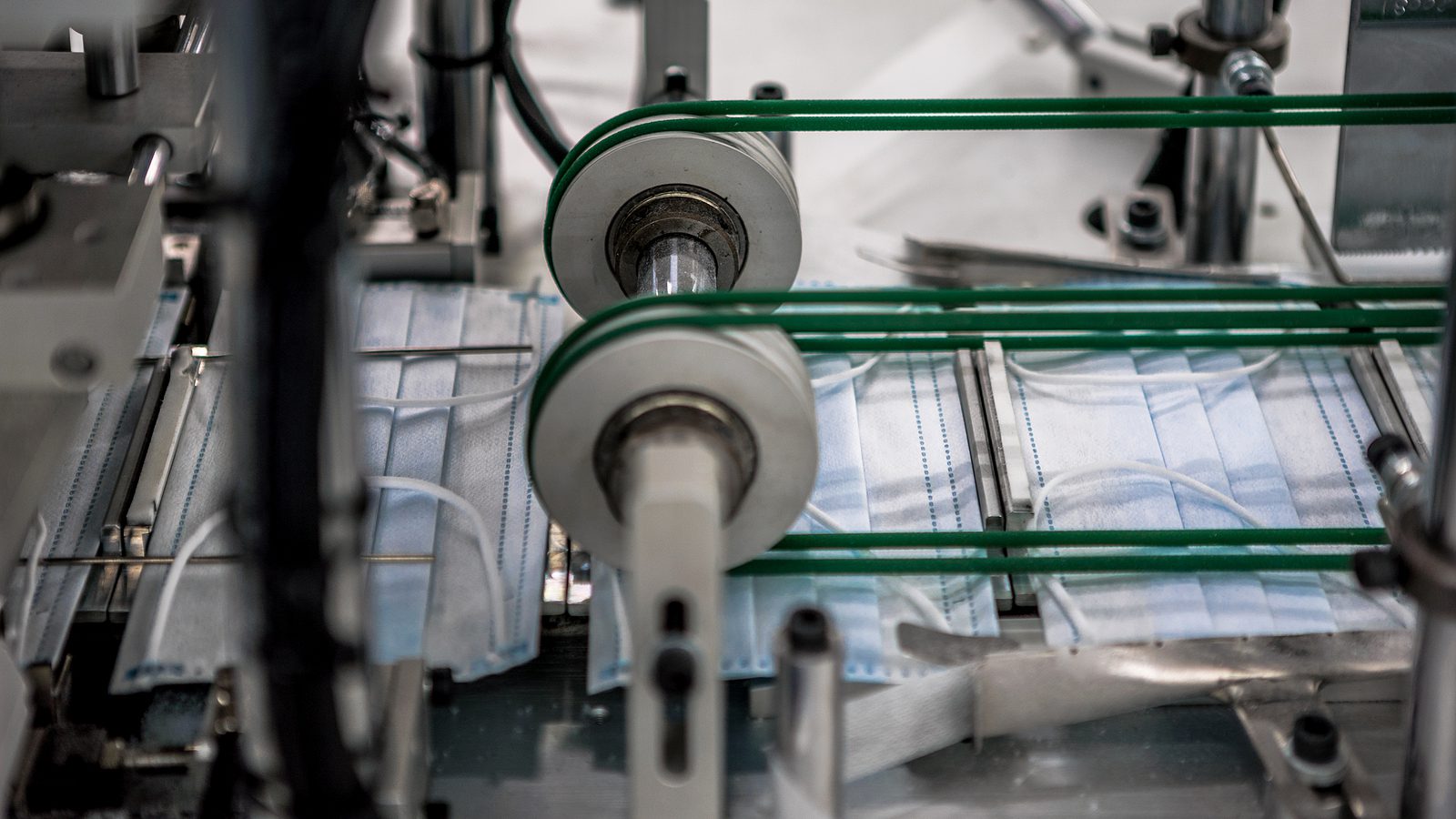By Laser 1 Technologies
Better Material Utilization in Fabrication
Optimizing material utilization is critical to profits. Every bit of material you can save, and time you can save when fabricating it, contributes to an equation of success. Like with any endeavor, economies of scale apply. This comes into play for inventory, individual units of material, fabrication activities, surplus, labor and sales.
There are always barriers to effective material utilization as well, such as unpredictable customer demand, communication challenges, and quality control issues.
Whatever size or stage your business is in, put conscious, continuous effort into upping your material utilization game. The goals: Bigger profits, lower costs, fewer headaches, happy customers. Sounds simple, doesn’t it?
5 Tips for Maximizing Material Utilization
Here’s the quick list, the TL;DR from The Fabricator magazine:
- Ensure programmers and machine operators communicate regularly.
- When practical, make use of nesting software when estimating jobs.
- Reevaluate the nest layout for repeat orders, including part separation (skeleton web width) standards.
- Consider skeleton cutting for easier handling and better scrap prices.
- Consider shared cutting lines between parts and between a part and the plate edge.
These tips accompany a lengthy article sketching out the evolution of a plate fabricating shop, from scrappy beginner to savvy senior fabricator. The article paints an effective picture of the incremental improvements typical of a growing business. And a smart, growing business will review narratives like this one carefully, to figure out which teaching moments apply to their own journey.
View Your Status Quo with an Eye for Improvement
For some readers, it might be realizing you could negotiate a better price for your scrap, if you packed your scrap more densely to make it more worth your buyer’s time.
For others, it might be recognizing the potential of nesting software and how it can make the most of full plates and remnants.
How about the possibility of applying the wisdom of your nesting software before you bid a job, to make sure you’ve got your costs both accurate and tightened to the max?
This might sound like an obvious one, but ask yourself whether your inventory management is all it could be. If your stock is hard to identify or get to, on an awkward over-crowded rack, you’re frustrating your employees, wasting their time, and giving them an excuse to waste materials, too.
Bottom line is: Yes, a learning curve is natural, but it’s up to you to tighten it! Trade magazines, conference presentations, colleagues, even advertisements and other resources can help you get out of your everyday perspective and cast a fresh set of eyes on your tried-and-(maybe not that)-true methods.
Check out this article and do an online search for materials utilization tips specific to your material and your industry. Odds are slim that you’ve got no room for improvement, right? So use resources like this to take a critical look at your processes, and decide which improvements will bring you the best bang for the buck.




